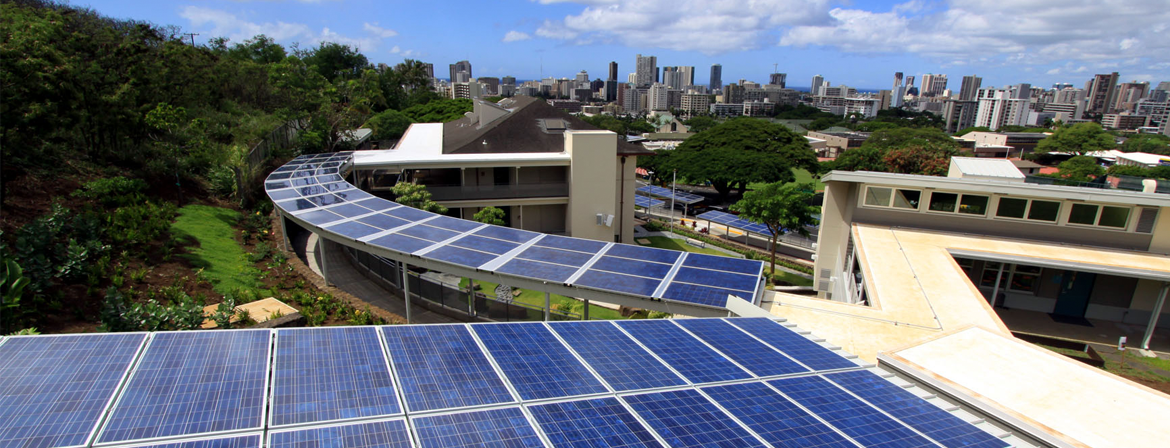Solarize Boosts Installations and Transforms Solar Markets Across America
Europe’s Energy Neighborhoods
Heat Loss Images, Norm Appeals Raise Impacts in Medicine Hat
Opower’s Home Energy Report, Minnesota
California’s Energy Conservation Competition
ClimateSmart Home Service, Queensland, Australia
A Dirty Word or a Dirty World? Attribute Framing, Political Affiliation, and Query Theory
Hardisty, D. J.; Johnson, E. J. & Weber, E. U. (2009). A Dirty Word or a Dirty World? Attribute Framing, Political Affiliation, and Query Theory. Psychological Science Online First, XX(X), 107.
Household Income, Electricity Use, and Rate-Structure Preferences
Blocker, T. J. & Koski, P. R. (1984). Household income, electricity use, and rate-structure preferences. Environment and Behavior, 16, 5, 551-572.
Energy Conservation Behavior: The Difficult Path from Information to Action
Costanzo, M., Archer, D., Aronson, E., & Pettigrew, T. (1986). Energy conservation behavior: The difficult path from information to action. American Psychologist, 41, 5, 521-528.
Using Social Cognition and Persuasion to Promote Energy Conservation: A Quasi-Experiment
Gonzales, M. H., Aronson, E., & Costanzo, M. A. (1988). Using social cognition and persuasion to promote energy conservation: A quasi-experiment. Journal of Applied Social Psychology, 18, 12 (Pt 2), 1049-1066.



